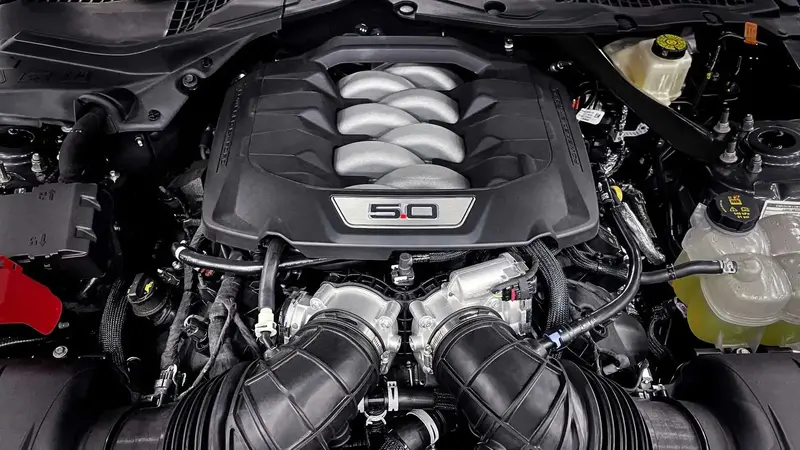In the automotive world, when we think of reliable engines, the first names that come to mind are usually those of well-known Japanese automakers like Toyota and Honda, or even luxury brands like BMW and Mercedes-Benz. These brands have long built their reputation on creating durable, long-lasting engines.
However, it’s not only the usual suspects that have delivered truly reliable engines; some lesser-known or unexpected manufacturers have produced powertrains that have defied expectations and impressed both everyday drivers and car enthusiasts alike.
While many brands focus on performance or luxury, certain manufacturers have prioritized reliability without compromising the driving experience. These engines, though not always found in the most common cars, have stood the test of time, maintaining their performance and longevity over hundreds of thousands of miles.
It is often surprising to find that many of the most reliable engines have come from brands whose reputation may not be initially associated with long-term dependability.
For instance, you might expect Chevrolet, known for its trucks and performance vehicles, to deliver strong engines, but it’s the long-lasting reliability of the Chevrolet 350 Small Block V8 that has made it one of the most enduring powertrains.
Also Read: 5 Cars With Great Suspension Balance and 5 That Bounce Like Toys
Similarly, Mazda, a brand known more for its compact cars and roadsters, delivered the Wankel Rotary, a unique engine that defied early skepticism with impressive longevity.
These examples show that manufacturers who may not be synonymous with reliability can surprise the automotive world by producing engines that endure far beyond their expectations.
The unexpected reliability of these engines has not only helped shape the driving experience for owners but has also set a standard for other automakers to meet.
In this article, we’ll explore 10 of the most reliable engines that came from surprising brands, shedding light on why these engines have become legends for their durability and dependability.
From compact engines to performance V8s, these powertrains demonstrate that reliability can come from anywhere, even from brands you wouldn’t typically expect.
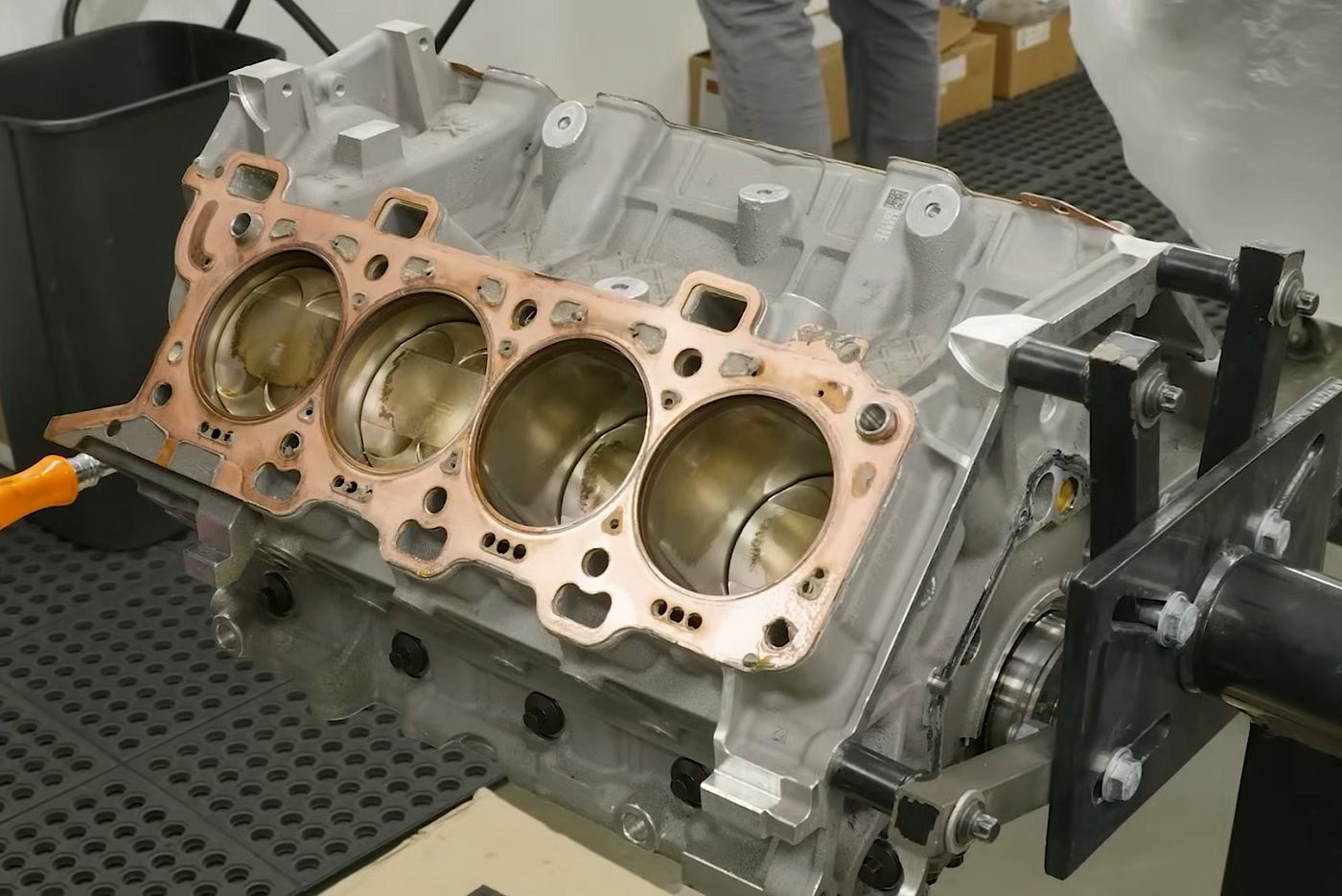
Ford 5.0L Coyote V8 (Ford)
Ford, primarily known for its rugged trucks and the iconic Mustang, might not immediately be associated with producing the most reliable engines. However, the 5.0L Coyote V8, first introduced in 2011 in the Ford Mustang GT, defied this expectation by becoming one of the most durable engines in Ford’s history.
This engine, used in a variety of vehicles from the F-150 truck to the Mustang, is known for its smooth, high-revving nature and surprising reliability.
While high-performance V8 engines are often associated with needing expensive maintenance and a short lifespan, the Coyote V8 offers an impressive longevity that has made it a favorite among enthusiasts and daily drivers alike.
What makes the Coyote V8 particularly remarkable is how it balances performance with durability. While many performance-focused engines are designed for power at the expense of longevity, the Coyote engine has been known to last well over 200,000 miles without any significant issues.
This is particularly impressive considering the engine’s high-revving nature and its use in the performance-oriented Mustang GT. Enthusiasts have also praised the engine’s ability to withstand modifications, a common practice for owners looking to boost power even further.
The fact that it can take these upgrades while maintaining its reliability makes it a standout in the world of performance engines.
The Ford 5.0L Coyote V8 has also been a key part of Ford’s strategy to provide high-performance vehicles without sacrificing everyday usability. Its reliability has made it a trusted engine for drivers who want both power and dependability.
Whether in the Ford Mustang, F-150, or Ford Explorer, the Coyote engine has proven that high-performance V8s can be both powerful and durable. Over the years, the Coyote has evolved with technological improvements, but it has never lost its reputation for being one of the most reliable powertrains Ford has ever produced.
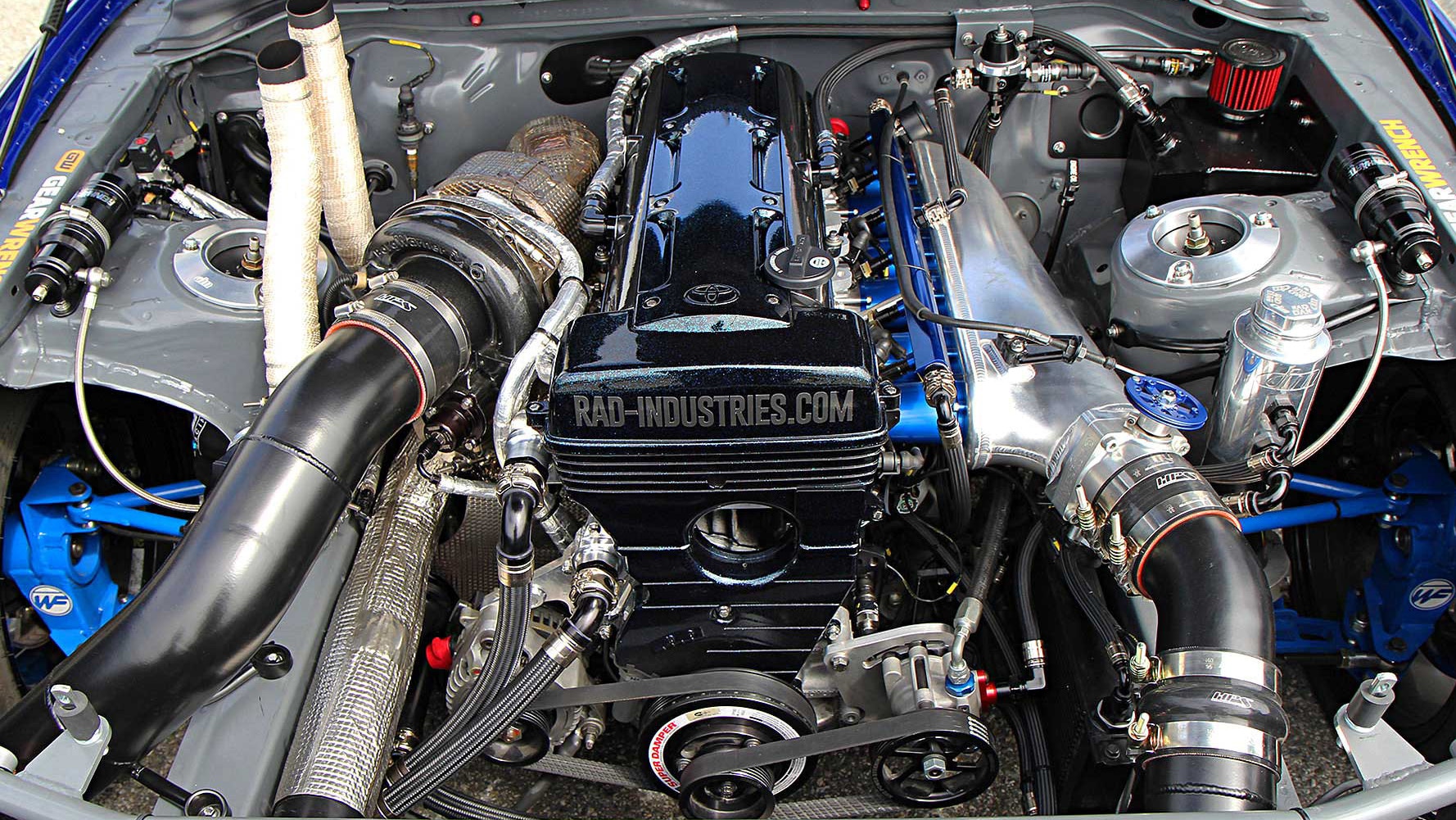
Toyota 2JZ-GTE Inline-6 (Toyota)
Toyota is a brand known for its dedication to building reliable vehicles, and one of the standout examples of this commitment is the 2JZ-GTE engine, found in the Toyota Supra MK4. The 2JZ-GTE, a 3.0L turbocharged inline-6, is not just known for its power and performance but also for its unmatched reliability.
While Toyota has built a reputation for making long-lasting vehicles, the 2JZ-GTE earned legendary status for its durability even when pushed beyond its factory specifications. The engine’s ability to support massive amounts of horsepower while still maintaining its reliability has made it an icon in the world of performance tuning and racing.
What’s surprising about the 2JZ-GTE is that it was originally designed as a mass-market engine for a production car, not a high-performance, limited-production model.
Many performance engines, especially turbocharged ones, suffer from reliability issues over time due to the immense stress placed on them, but the 2JZ-GTE was built with such a high level of robustness that it can often surpass 200,000 miles of use, even in harsh driving conditions.
The engine’s internals are designed to withstand extreme forces, which has made it a favorite among car enthusiasts who frequently upgrade their vehicles to produce 1,000+ horsepower without compromising the engine’s reliability.
The 2JZ-GTE engine’s legendary reputation for being virtually indestructible has made it a defining factor of the Toyota Supra MK4, a car that became a cult classic among driving enthusiasts.
Whether used in street racing, drifting, or professional motorsport, the 2JZ-GTE continues to prove that performance and reliability can coexist. Its legacy has influenced the development of future engines by other manufacturers, who have sought to match the durability and performance of this unexpected powerhouse.
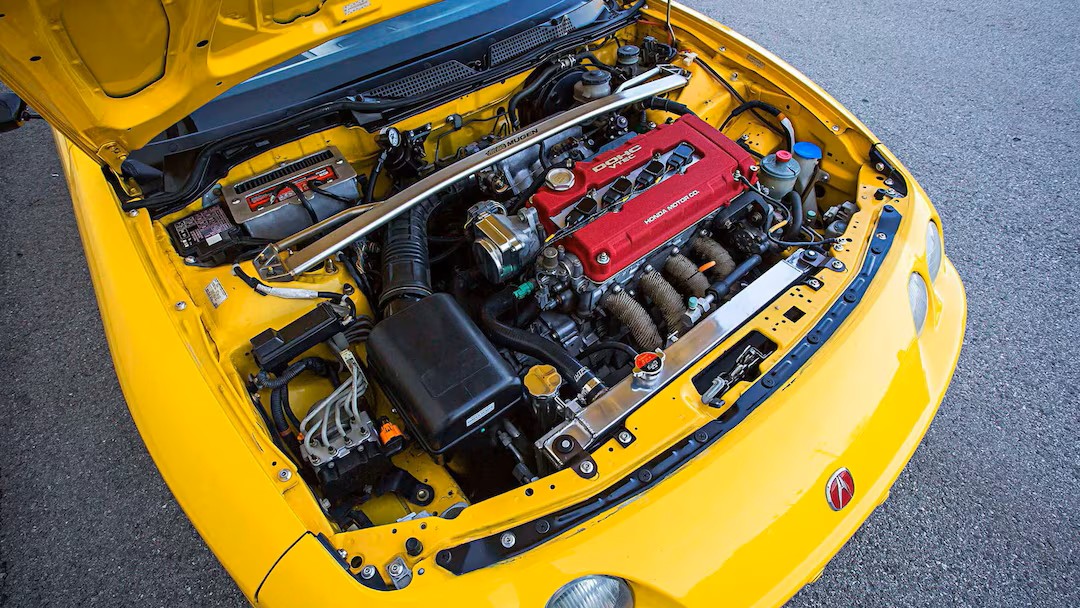
Honda K-Series Inline-4 (Honda)
Honda has long been known for creating reliable engines, particularly in its compact vehicles. However, the K-Series inline-4 engine, introduced in the early 2000s, was a game-changer for the brand.
With a strong focus on performance, fuel efficiency, and longevity, the K-Series engine became a staple in cars like the Honda Civic Si, Acura RSX, and the high-performance Civic Type R. This engine proved that Honda’s reputation for reliability could extend to its performance vehicles, blending everyday usability with high-revving excitement.
The K-Series engine is built for durability, with many owners reporting that it lasts well over 200,000 miles with minimal issues. One of the key aspects of the K-Series’ reliability is its construction. The engine is designed with an aluminum block and a low-friction design, making it not only durable but also efficient.
Despite being a high-performance engine, it has proven to be surprisingly easy to maintain, with many parts being affordable and readily available. Honda’s engineering focus on reliability meant that the K-Series engine could handle performance upgrades and still deliver consistent power without sacrificing long-term dependability.
In addition to its reliability, the K-Series engine also set a new benchmark for compact engine performance. It became known for its high-revving nature, smooth operation, and ability to generate substantial power in small vehicles.
The K-Series was a breakthrough in compact engine technology, and its long-term reliability made it a standout choice for both daily commuters and racing enthusiasts. Honda’s success with the K-Series showed that a compact car could offer both performance and durability, proving that an affordable engine could still be reliable and powerful.
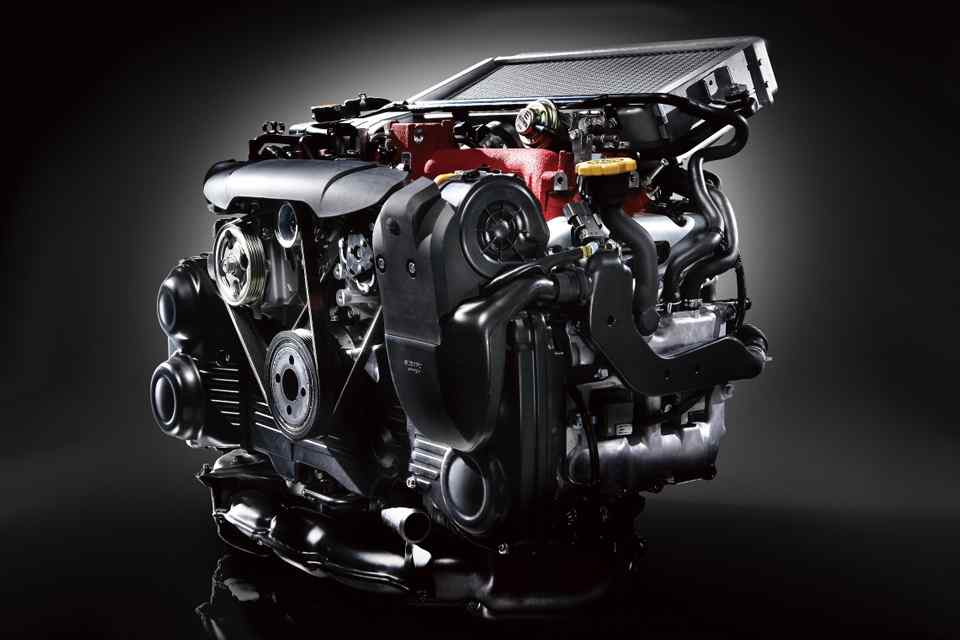
Subaru EJ25 Boxer (Subaru)
Subaru is a brand closely associated with adventure and all-wheel-drive vehicles, but its EJ25 Boxer engine is one of the most surprising examples of reliability from an unexpected source.
The horizontally opposed EJ25 Boxer engine, found in models like the Subaru Impreza WRX and Legacy, has become synonymous with Subaru’s rugged and durable lineup.
Despite the engine’s unconventional design, with its horizontally opposed cylinders, the EJ25 has proven to be reliable, even under challenging driving conditions. This unique engine layout provides a lower center of gravity, improving handling, which is an advantage in the brand’s all-wheel-drive models.
The reliability of the EJ25 engine is especially notable because Subaru owners often push their cars to the limit, driving them through rough terrain, harsh weather, and aggressive driving. Despite this, the EJ25 can easily last over 200,000 miles with minimal issues when maintained properly.
The engine’s design allows for excellent balance and smoothness, and the durable construction helps it withstand the strain of both normal driving and off-road adventures. Even with the added stress of high-performance models like the WRX, the engine remains solid and dependable.
While Subaru’s rugged image suggests durability, the EJ25 engine has been a standout example of how performance and reliability can coexist. Its ability to perform under extreme conditions while lasting for many years has earned it a dedicated following among Subaru fans.
The engine’s surprising longevity has made it a core part of Subaru’s reputation for building reliable, go-anywhere vehicles.
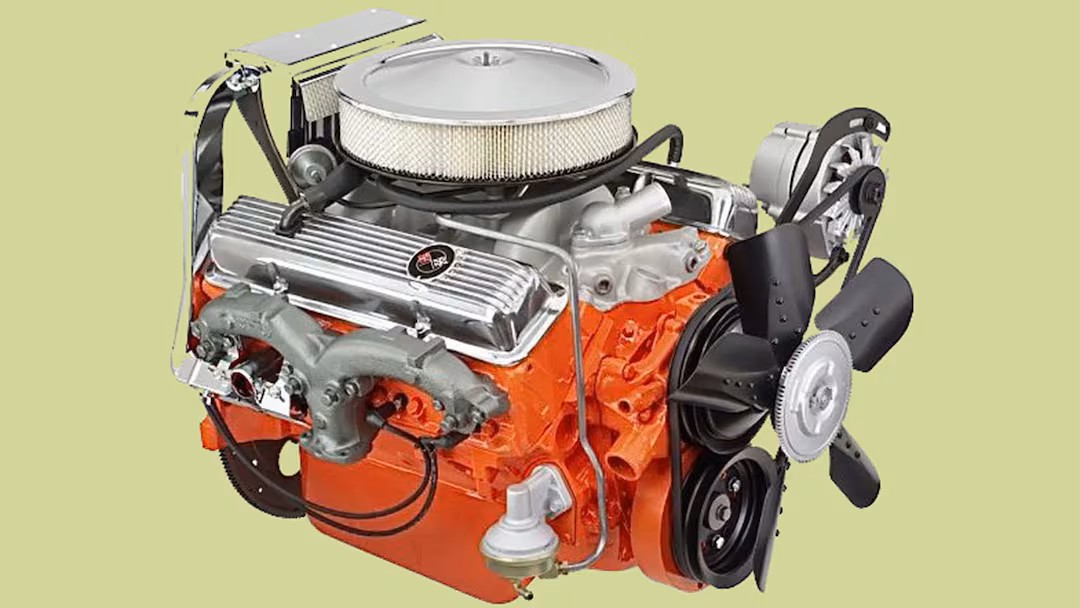
Chevrolet 350 Small Block V8 (Chevrolet)
The Chevrolet 350 Small Block V8 is one of the most iconic and reliable engines ever produced, surprising many due to its long-standing reputation for durability and ease of maintenance. Introduced in 1955, this engine became a staple in various Chevrolet models, from muscle cars to trucks.
The 350 V8 has been used in everything from the Chevrolet Corvette to the Chevy Camaro, but what makes it remarkable is its ability to last for hundreds of thousands of miles. Its simple design and robust construction have made it an engine that is easy to repair and maintain, contributing to its reputation for reliability.
What’s especially surprising about the Chevrolet 350 V8 is that it’s a high-performance engine that has stood the test of time. Often, performance engines are known for being high-maintenance and prone to wear, but the 350 V8 has proven to be a powerhouse that can endure long-term use.
Many owners report that their 350 engines have lasted over 300,000 miles with just basic maintenance. Its longevity, combined with its power, has made the 350 V8 one of the most beloved engines in American automotive history.
The Chevrolet 350 Small Block V8 is an enduring symbol of how even a high-performance engine can be reliable. Its performance and longevity have made it an essential part of Chevy’s history, and its simplicity and ease of repair have kept it relevant for decades. The 350 V8 continues to be a favorite among classic car enthusiasts, hot rod builders, and daily drivers alike.
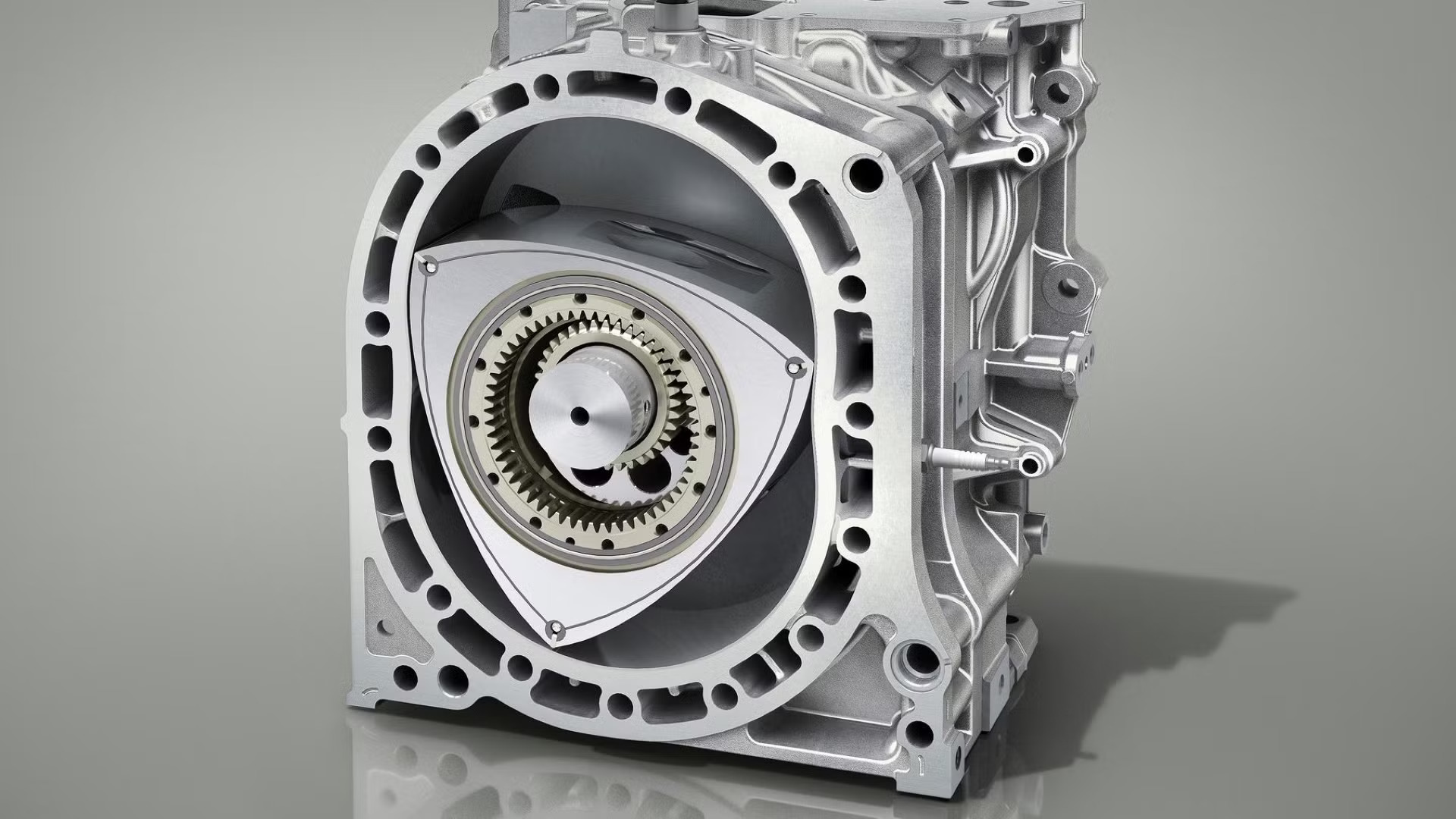
Mazda Wankel Rotary (Mazda)
The Mazda Wankel Rotary engine is one of the most unconventional and surprising entries in the world of reliable engines. The rotary engine, used primarily in the Mazda RX-7 and RX-8, is known for its unique design and compact size, offering a completely different approach to internal combustion.
While early versions of the Wankel engine suffered from reliability issues, particularly with seals, Mazda’s later revisions and refinements made the rotary engine surprisingly reliable, defying its initial reputation for fragility. Despite its unconventional design, the rotary engine has proven to be both durable and high-performing when properly maintained.
One of the most surprising aspects of the Wankel engine is how it performs in demanding conditions. In the Mazda RX-7, a car designed for performance, the rotary engine was pushed to its limits on the track and in street racing.
Despite this, many RX-7 owners have reported that their engines last for 100,000 miles or more without needing significant repairs. The engine’s lightweight, compact design has made it an excellent choice for performance enthusiasts who want a responsive, high-revving powertrain that can endure over time.
While the rotary engine is not commonly seen in modern cars, its legacy continues to influence the world of performance engines. The Wankel engine’s reliability, combined with its distinctive sound and smooth power delivery, has made it a cherished part of automotive history.
Mazda’s innovation in creating a reliable rotary engine, despite the engine’s unusual design, shows that even the most unconventional powertrains can be durable.
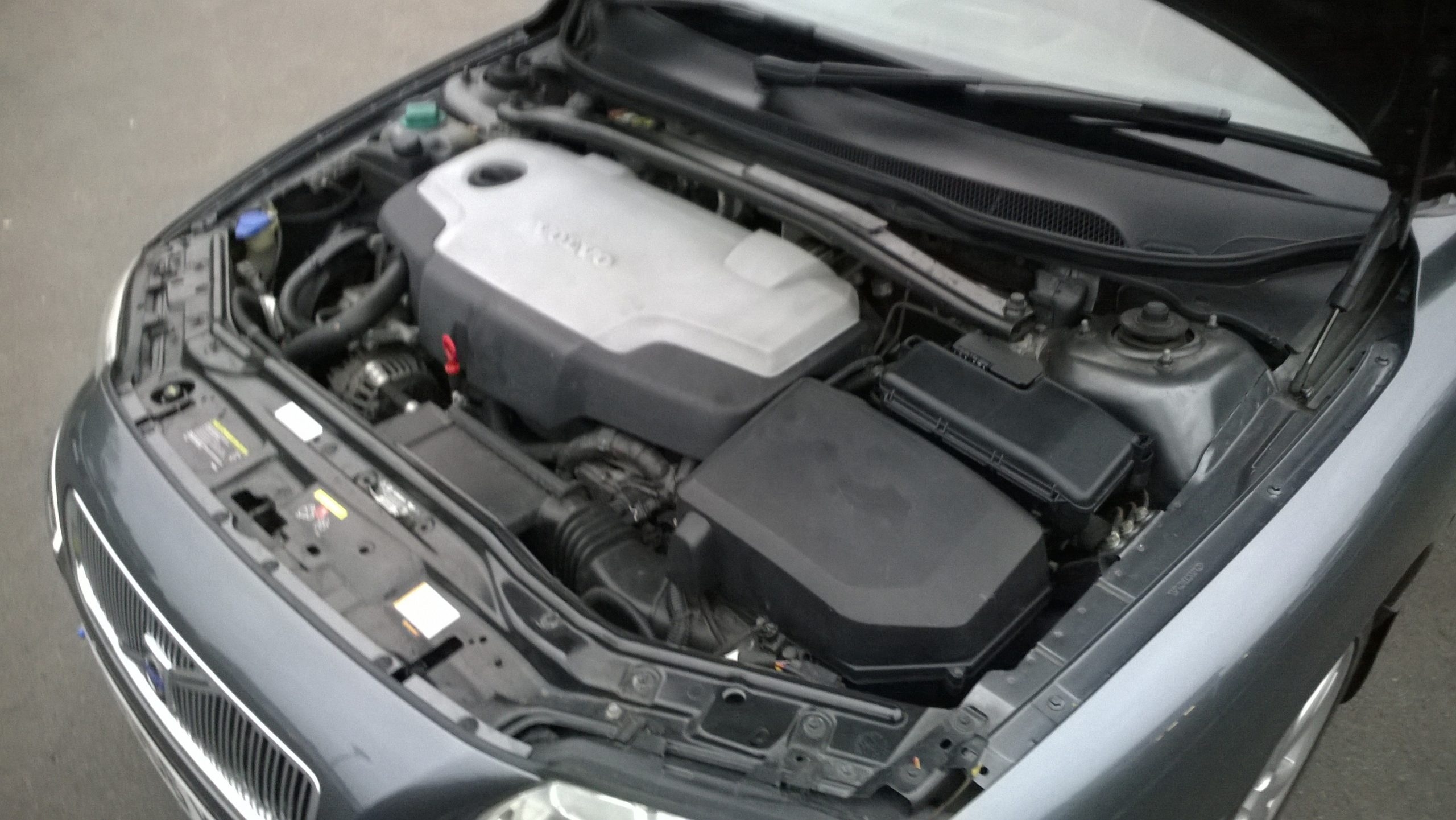
Volvo D5 Diesel Inline-5 (Volvo)
Volvo has long been associated with safety, but its D5 Diesel Inline-5 engine is another example of how the brand produces engines that are both reliable and enduring.
The D5 was introduced in the early 2000s and quickly became a staple in Volvo’s lineup, particularly in models like the Volvo XC90, V70, and S60. Diesel engines, especially in the early 2000s, had a reputation for being high-maintenance, but the D5 defied these expectations with its robust design and impressive longevity.
In fact, the engine has become a favorite among Volvo owners for its fuel efficiency, smooth performance, and, most importantly, its reliability.
The D5’s reputation for durability is enhanced by its simple and well-engineered construction. Despite the complexities of modern diesel technology, the D5 engine stands out as a powertrain that can easily go beyond 300,000 miles with basic maintenance.
Its low-end torque and fuel efficiency have made it a popular choice for long-distance driving, making it particularly suited for those who want a dependable engine for both city and highway driving.
The engine’s ability to withstand the harsh conditions often associated with diesel engines, such as high temperatures and heavy loads, has made it one of the most reliable diesel engines in the automotive world.
Additionally, the D5 Diesel engine’s longevity is complemented by Volvo’s commitment to making it easy to maintain, with many parts being durable and widely available.
Over the years, it has proven to be a versatile engine capable of handling various applications, from the rugged XC90 SUV to the more refined S60 sedan. This engine’s ability to deliver outstanding reliability over hundreds of thousands of miles has cemented its place in Volvo’s lineup as one of the most dependable diesel engines to date.
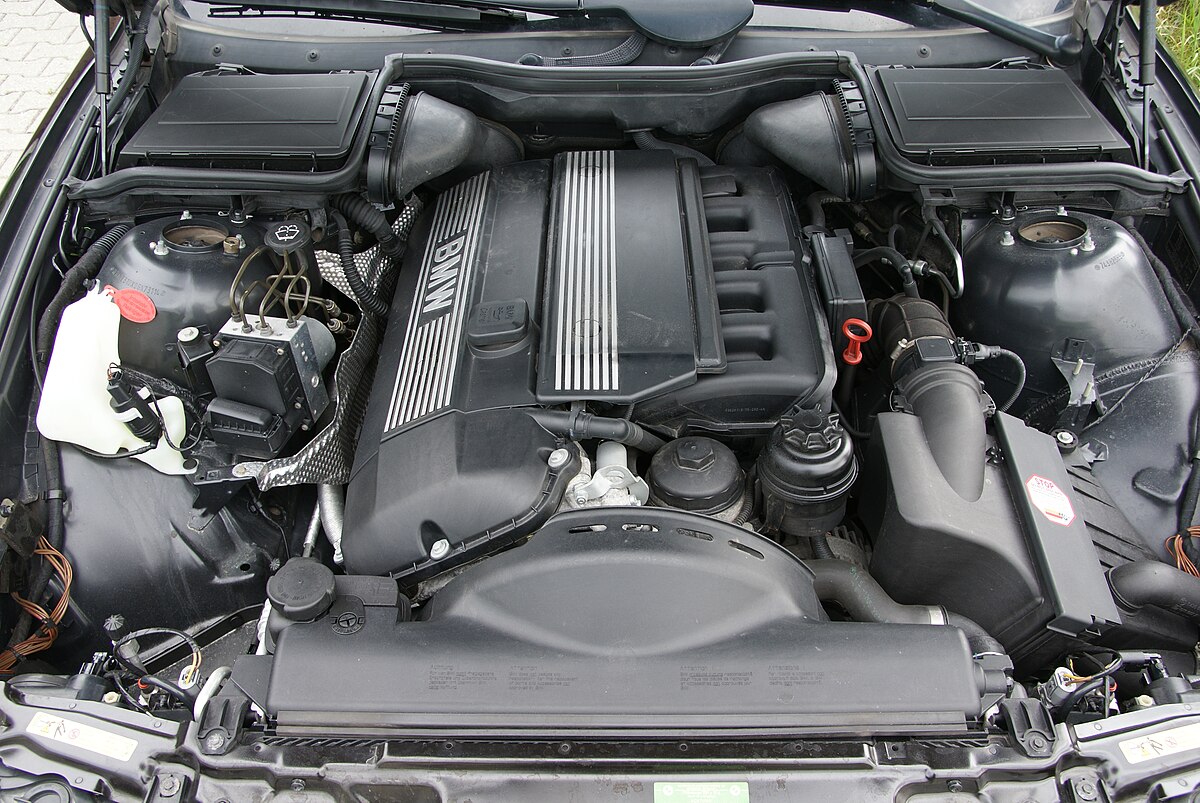
BMW M54 Inline-6 (BMW)
BMW’s reputation for engineering high-performance engines is well-established, but one engine that might surprise many is the M54 Inline-6, found in vehicles like the BMW 3 Series and 5 Series during the early 2000s.
While BMW is known for producing performance-oriented engines, the M54 engine surprised many with its combination of performance and longevity.
This engine became widely recognized for its smooth operation and remarkable reliability, even in high-mileage vehicles. The M54 is often regarded as one of the best naturally aspirated inline-6 engines BMW has produced, offering a level of durability that is uncommon for high-performance engines.
One of the key aspects of the M54’s reliability is its simplicity in design compared to other, more complicated engines. While BMW has sometimes been criticized for engines that require expensive maintenance, the M54 was a relatively low-maintenance powertrain that could endure over 200,000 miles with minimal problems.
Its smoothness and balanced power delivery made it a favorite for both enthusiasts and daily drivers. This engine offered a near-perfect blend of performance, refinement, and longevity, proving that BMW’s performance engines could also be dependable for long-term use.
The M54’s dependability has led to it becoming a sought-after engine in the used car market, with many 3 Series and 5 Series owners reporting that their vehicles continue to run smoothly even at high mileages.
Whether in the sporty 330i or the more luxurious 530i, the M54 has become known for its reliability in the BMW lineup, providing peace of mind for owners who want both performance and durability.
This engine’s reliability, combined with its characteristic BMW driving experience, proves that performance engines can have surprising longevity.
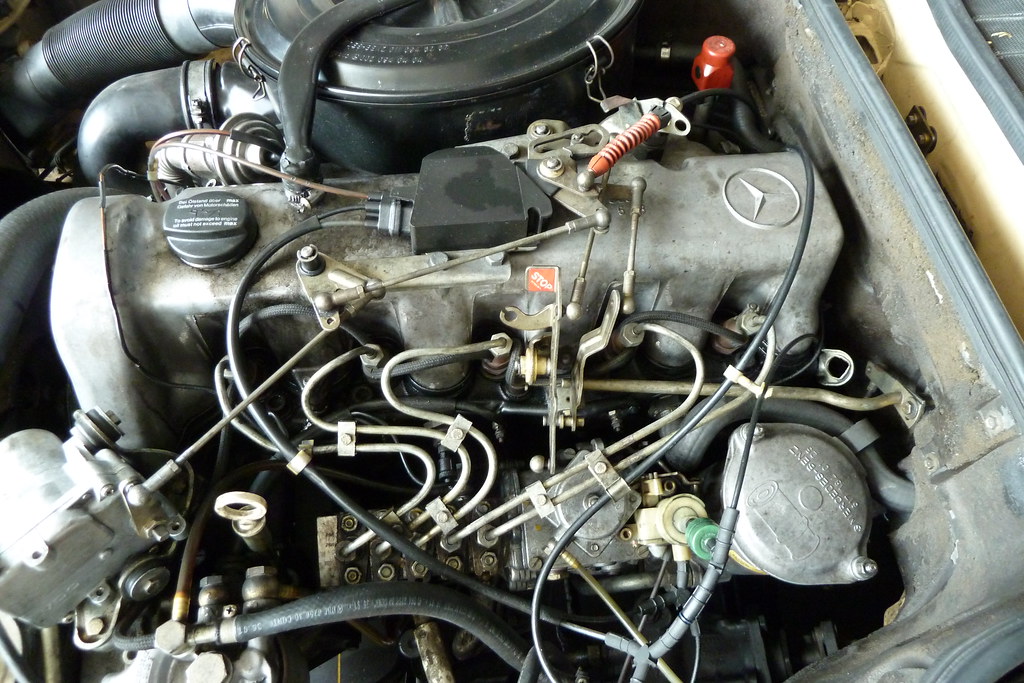
Mercedes-Benz OM617 Diesel Inline-5 (Mercedes-Benz)
Mercedes-Benz has long been known for its commitment to luxury and performance, but one of the brand’s most reliable and unexpectedly durable engines is the OM617 Diesel Inline-5. Produced between the 1970s and 1980s, the OM617 was used in a range of Mercedes-Benz models, including the Mercedes-Benz 300D and the W123 series.
What makes this engine remarkable is its ability to endure for well over half a million miles when properly maintained, which is a staggering feat for any engine, let alone one from a luxury automaker.
The OM617 was a turbocharged diesel engine known for its simplicity, low maintenance, and incredible longevity. It was designed to handle tough driving conditions, including high-mileage use, and was popular with owners who needed a reliable workhorse that could last for decades.
In fact, many of these engines are still running on the road today, proving their resilience and dependability. The OM617’s rugged construction and fuel efficiency made it a favorite for long-distance driving, especially in markets where diesel fuel is more common.
Despite its age, the OM617 continues to enjoy a dedicated following of enthusiasts who appreciate its reliability. It is a testament to Mercedes-Benz’s commitment to producing vehicles that not only offer luxury and performance but also longevity.
The OM617 remains a symbol of how a diesel engine can achieve remarkable durability, and its legacy continues to inspire diesel-engine enthusiasts who admire its ability to run for decades without significant issues.
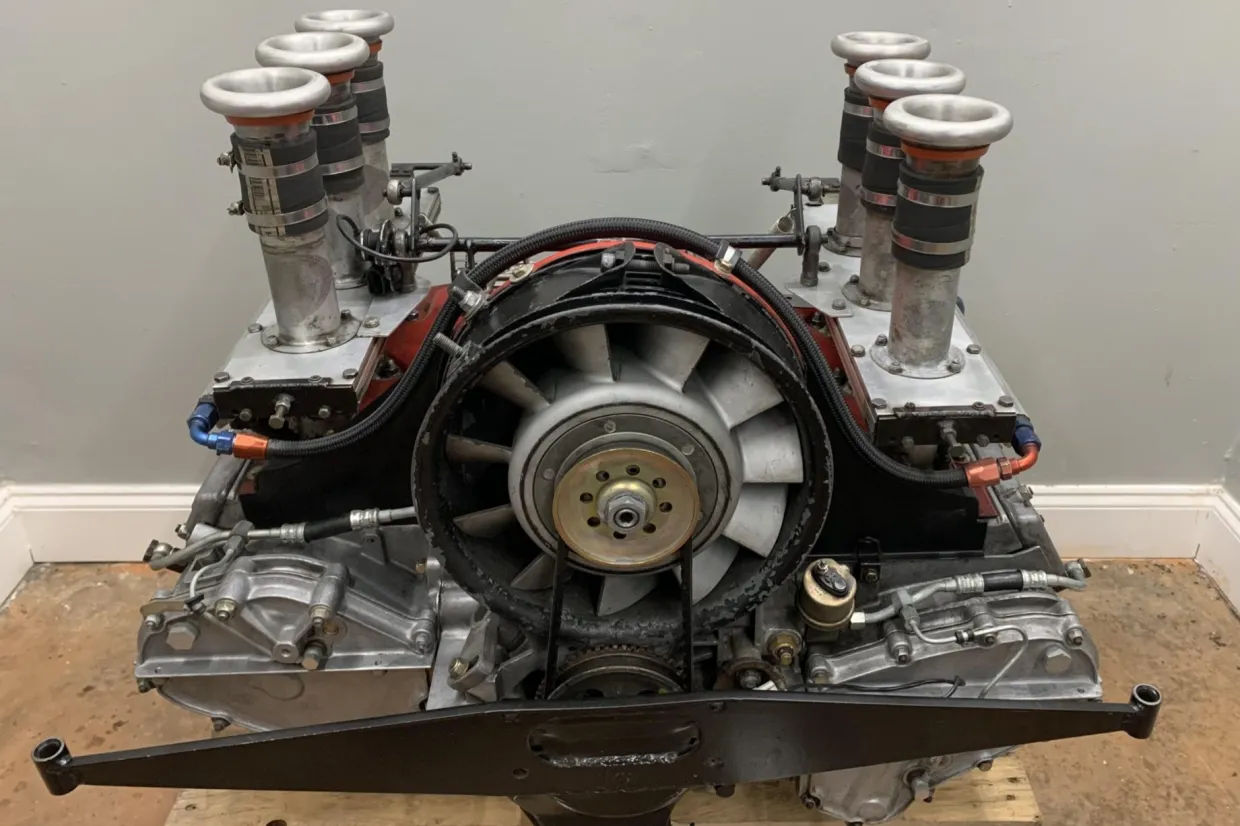
Porsche 3.6L Flat-6 (Porsche)
Porsche is synonymous with precision engineering and performance, but it’s also known for producing engines that stand the test of time. The 3.6L Flat-6 engine, found in the Porsche 911 from the 1990s to the early 2000s, is a prime example of an unexpected engine that balances performance with reliability.
While Porsche engines are renowned for their performance capabilities, the 3.6L Flat-6 is also known for its surprising longevity, often lasting well over 200,000 miles when properly maintained.
This engine’s ability to combine high-revving excitement with exceptional reliability has made it a favorite among Porsche owners, who expect both performance and durability from their vehicles.
What sets the 3.6L Flat-6 apart from other performance engines is its well-engineered components and simple construction. Despite its advanced engineering and high-output power, the 3.6L engine has proven to be more reliable than many of its counterparts, thanks to Porsche’s focus on quality materials and precision manufacturing.
The engine is also known for its distinctive sound and smooth operation, characteristics that have become synonymous with the Porsche driving experience. For many owners, the 3.6L engine has proven to be both a powerful and durable workhorse, capable of going the distance without major issues.
The Porsche 3.6L Flat-6 continues to be a significant part of the brand’s legacy, as it highlights how performance and longevity can coexist.
For enthusiasts who want an engine that offers both exhilarating performance and reliability, the 3.6L Flat-6 is a prime example of how Porsche has successfully engineered a powertrain that stands the test of time. It’s a surprising reminder that even in the world of high-performance sports cars, durability can be just as important as speed.
In the world of automotive engineering, reliability often comes from the most unexpected sources. The engines we’ve explored here prove that many brands, beyond the usual leaders in reliability, have managed to create powertrains that are not only capable of incredible performance but also capable of lasting well beyond expectations.
From the Chevrolet 350 Small Block V8 to the Mazda Wankel Rotary, these engines show that longevity and dependability are not limited to just the traditional “reliable” brands like Toyota or Honda.
Instead, they reveal that ingenuity, thoughtful engineering, and the drive to produce high-quality components can result in some of the most durable and lasting engines in the automotive world.
Also Read: 5 Cars That Are Loved After 5 Years and 5 Cars That Cause Regret
The reliability of these unexpected engines is a testament to the broader evolution of automotive engineering, showing how brands have learned from their past and continually adapted to produce powertrains that are more robust and capable than ever before.
What many of these engines share in common is that they were designed not just with performance in mind but also with a focus on longevity and ease of maintenance.
This combination of performance and reliability has earned these engines a lasting place in the hearts of car enthusiasts and everyday drivers alike, proving that even a company’s “non-traditional” engine can withstand the test of time.
These 10 engines represent more than just technological achievements—they serve as a reminder that even in a world focused on performance and speed, reliability remains a key factor in the success and reputation of any brand.
Whether it’s the BMW M54 Inline-6 or the Subaru EJ25 Boxer, these engines have redefined what it means to be both reliable and capable, leaving a lasting impact on the world of automotive engineering and providing us with vehicles that will continue to run for many years to come.

